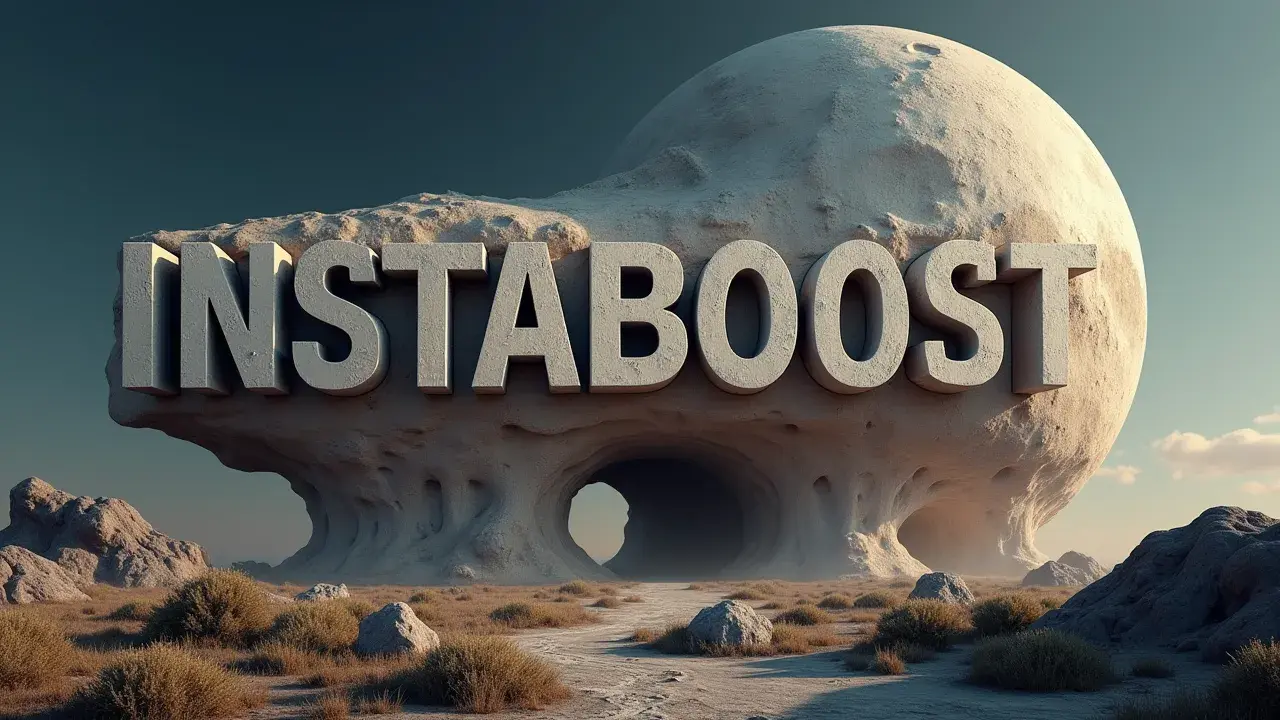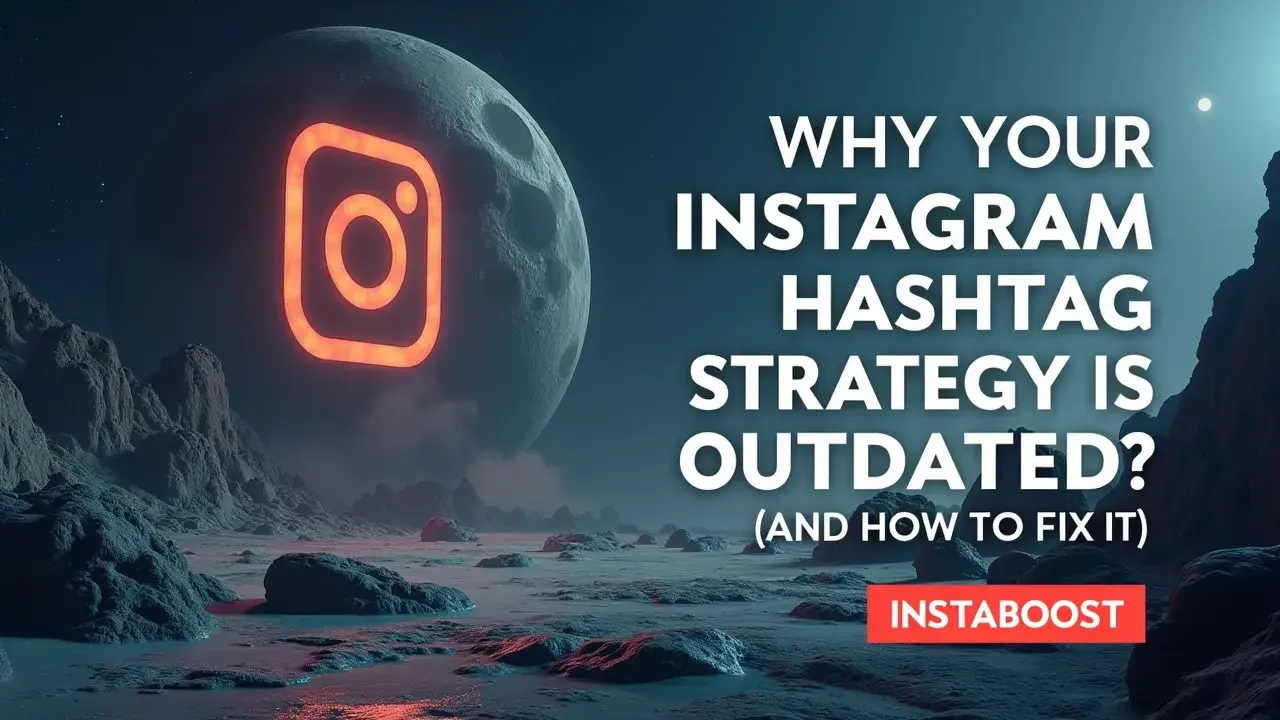Is Your Instagram Hashtag Strategy Outdated, and How To Fix It?
Most legacy hashtag tactics underperform because Instagram’s discovery signals have evolved. Overreliance on broad or repetitive tags can dilute relevance, while ignoring contextual alignment and post quality reduces visibility. Updating for 2025 means focusing on intent-matched hashtags, consistent topical clusters, and content that earns interactions Instagram prioritizes. Calibrate by monitoring reach from tags versus overall discovery and iterating toward formats and keyword sets that sustain qualified engagement.
The Hashtag Playbook Isn’t What It Used to Be
There was a time when dropping a long list of trending hashtags under your Instagram post seemed to work wonders for getting noticed. But things on Instagram move quickly, and now the way posts reach people has changed.
The number of hashtags you use doesn’t really matter as much – what counts more is whether people actually care about what you’re sharing and if your post lines up with what they’re searching for. Those big lists of hashtags you can copy from the internet don’t really help anymore; sometimes they can even make your post look a bit spammy. If you’re still using the same handful of hashtags every time, it’s easy to miss how Instagram is paying attention to what feels real and relevant.
The number of hashtags you use doesn’t really matter as much – what counts more is whether people actually care about what you’re sharing and if your post lines up with what they’re searching for. Those big lists of hashtags you can copy from the internet don’t really help anymore; sometimes they can even make your post look a bit spammy. If you’re still using the same handful of hashtags every time, it’s easy to miss how Instagram is paying attention to what feels real and relevant.
People on Instagram notice, too – they’re more likely to stop at posts that feel straightforward and easy to connect with, not ones buried under a bunch of broad or unrelated tags. It helps to think about hashtags like you would a tool: pick the ones that actually help people find what they’re interested in, instead of filling up space out of habit.
The older way of doing things can quietly limit who sees your posts, even if you’re putting a lot of effort in. Every now and then, it helps to check in on Instagram support that works just to see what’s changed behind the scenes. If you want your posts to be found by people who actually care, it’s worth stepping back and asking yourself how you’re picking your hashtags now, and if they still make sense for what you’re sharing.
The older way of doing things can quietly limit who sees your posts, even if you’re putting a lot of effort in. Every now and then, it helps to check in on Instagram support that works just to see what’s changed behind the scenes. If you want your posts to be found by people who actually care, it’s worth stepping back and asking yourself how you’re picking your hashtags now, and if they still make sense for what you’re sharing.

Why Outdated Hashtag Tactics Undercut Your Credibility
Trust doesn’t come from big moves or flashy effort – it’s really about what you do every day, especially the small things most people don’t notice. If you’re still loading up your Instagram posts with the most popular hashtags you can find, hoping for a quick burst of attention, it might be time to take a step back and think about what that says. It’s easy to tell when a post is stuffed with tags that don’t fit; it feels off, like no real care went into it, and people pick up on that. Instagram itself pays attention, too – the way you use hashtags makes a difference in how your posts are seen.
These days, people who use the platform often notice when someone’s just throwing everything at the wall, and it doesn’t give them a reason to care. When you use hashtags that actually relate to what you’re sharing, though, it shows you’re paying attention – to your topic, and to the people you want to connect with. It’s more about being part of a conversation that matters to you and your followers, not about reaching everyone for the sake of it. Brands like INSTABOOST are starting to be more careful, choosing hashtags that actually match the post instead of using a long list. That way, each hashtag means something, and over time, people can see that you’re consistent about what you share and why. This is really how you build Instagram trust; it doesn’t always get you the fastest results, but if you treat hashtags like small decisions that add up, you start to notice the difference in how people respond – or sometimes, in the quiet way they just stick around.
Consistency Is Your Unsexy Growth Hack
When it comes to Instagram, the things that really move the needle aren’t glamorous. Most of it is about sticking to habits that, honestly, get pretty repetitive. Figuring out hashtags isn’t some secret hack – it’s more about showing up regularly, paying attention, and being willing to put in the work even when it feels dull. Lately, Instagram’s algorithms seem to care a lot more about what people actually do on your posts – like saving them, sharing them with a friend, or leaving a real comment – than how many hashtags you can cram in.
So it’s worth spending time each week to notice which hashtags your own followers actually respond to. Sometimes that means swapping out generic tags like #love or #instagood for something that’s a lot more specific to what you’re sharing, or to the kind of people you want to reach. Honestly, the same goes for little tweaks that might boost photo engagement here and there, even if they don’t seem dramatic at first. It’s not a fast or exciting process, but the folks who take a little time every week – checking Instagram’s analytics, experimenting with a few new tags, even just writing down what seems to help – usually end up seeing more steady results.
They pay attention to the words their community uses, and their hashtag list changes over time, right alongside their posts. Whether you use a tool like INSTABOOST or just rely on Instagram’s own stats, small changes tend to add up a lot more than chasing after whatever hashtag is going viral that week. It’s not really about luck, even though it sometimes looks that way from the outside. It’s more about doing the same simple things again and again, which, for most people, is the hardest part to actually keep up.
More Data Isn’t Always Better: Why Overanalyzing Hashtags Holds You Back
For a while, I really believed that gathering more data would help me figure everything out. I’d spend a lot of time looking at different hashtag tips, scrolling through analytics, and checking every list of trending tags, thinking that the answer to growing on Instagram was somewhere in there if I looked hard enough. But the more I chased the numbers, the more my posts started to feel like they weren’t really mine anymore.
Most of the advice out there about hashtags – how many to use, which ones are popular, what’s supposed to work right now – feels recycled, and it doesn’t seem to keep up as Instagram keeps changing things. When I got too focused on which hashtags were performing or what was trending, I noticed I was starting to shape my posts around what I thought would “work” instead of what I actually wanted to share. It’s easy to think that tweaking your hashtags will suddenly bring in a whole new audience, or even increase your Instagram views, but these platforms are smart enough to notice when people are more interested in the numbers than in actually sharing something real.
Honestly, people who follow you can pick up on it too. Looking back, it made more sense to pay attention to which topics really fit what I care about and what people come to my page for, rather than chasing every new hashtag idea. Analytics can be useful, but it’s easy for them to drown out what you actually want to say.
The people I notice most are the ones who sound like themselves, and you can tell when someone is actually interested in what they’re posting instead of hoping a certain hashtag will take off. If your hashtag approach is starting to feel forced or a little too complicated, it might help to step back and focus on being relevant to the people who already care about what you do, even if it means letting go of those “top 30 tags” lists for now.
The Real Win: Building an Instagram Strategy That’s Yours
You’ve already come a long way, and at this point, most of it is down to what you want out of Instagram. No amount of hashtag guides can really take the place of having a clear reason for showing up, or noticing how the way you talk and share fits in with everything else out there. It’s easy to get distracted by the newest hashtag tricks and end up worrying more about algorithms than about actually talking to people. When you step back, though, you can see that what draws people in is often your willingness to try things out, drop the stuff that doesn’t feel right, and pay attention to what actually makes you want to keep sharing – even if it goes against the usual advice.
Hashtags are useful for getting your posts in front of more people, but they’re only tools; they won’t build the relationships for you. Sometimes people look for a boost for viral potential, but if you keep updating your hashtag lists without asking yourself if the way you’re sharing still feels true to who you are, you might end up following all the right steps but missing the connection that matters. Growth here usually comes from small experiments, noticing what actually leads to conversations, and letting your way of showing up shift over time. Analytics and trends can help, but they’re not meant to take over. In the end, your approach will probably change as you do. There isn’t really one perfect strategy, and that’s probably for the best.















